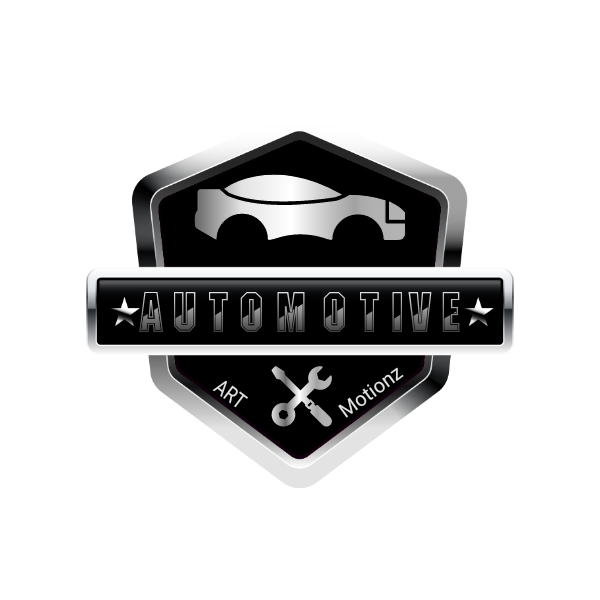The U.S. Automotive Industry
The U.S. Automotive Industry: A Detailed Insight into Its History, Development, and Economic Impact
What we should know ?
Historical Foundation and Evolution
The U.S. automotive industry has been a cornerstone of American culture and economic development since the early 20th century. The inception of this industry is marked by the establishment of the Ford Motor Company by Henry Ford in 1903. Ford revolutionized the automotive market by introducing assembly line production in 1913, significantly lowering the costs of manufacturing and thereby making cars affordable to the general public. This innovation not only sparked widespread automobile ownership in the United States but also set the stage for the industry’s rapid growth.
During the mid-20th century, the "Big Three" automakers—General Motors, Ford, and Chrysler—dominated the U.S. and global markets. Their influence shaped the automotive industry’s structure, focusing on large-scale manufacturing and pushing the boundaries of automotive engineering.
Strategic Marketing Over the Years
Marketing has played a pivotal role in the growth of the automotive industry in the USA. Initially, the focus was on promoting the practical benefits of owning a car—freedom of movement and reliability. Over time, as the market matured and competition intensified, American automakers began emphasizing luxury, power, and design. Advertising campaigns became more sophisticated, leveraging emerging media platforms and celebrity endorsements to appeal to a broader demographic.
In recent decades, the focus has shifted toward environmental sustainability, technological integration (such as GPS and Bluetooth), and safety innovations, reflecting consumer preferences and regulatory changes. Electric vehicles (EVs) and hybrid models now feature prominently in the marketing strategies of all major U.S. automakers as they compete with global brands, particularly those from Europe and Asia, in a race to dominate the green vehicle market.
Development and Economic Role
The development of the automotive industry in the U.S. has been influenced by economic cycles, consumer trends, and technological advancements. Post-World War II, the U.S. experienced a boom in automotive demand which drove significant economic growth and workforce expansion. The 1970s oil crisis, however, forced a rethinking of vehicle efficiency, prompting American manufacturers to innovate in fuel economy.
The 21st century has introduced challenges and opportunities, with the 2008 financial crisis resulting in the bailout of Chrysler and General Motors, highlighting the industry’s critical role in the U.S. economy. The automotive sector not only directly employs millions of Americans but also stimulates growth in related industries, including steel, aluminum, textiles, and electronics.
Global Ranking and Comparison with Europe
The U.S. automotive industry is among the largest and most influential in the world. It ranks consistently as one of the top nations in terms of vehicle production and sales. However, when compared to Europe, there are notable differences in consumer preferences and industry practices. European markets have traditionally emphasized smaller, more fuel-efficient cars, partly due to higher fuel prices and stricter regulations on emissions. European automakers like Volkswagen and BMW have been leaders in diesel technology and now, in electrification and automation.
In contrast, the American market has favored larger vehicles, such as SUVs and pickup trucks, due to lower fuel costs, broader roadways, and consumer lifestyle preferences. However, this is changing as U.S. automakers embrace EV technology and sustainable practices, areas where European manufacturers have held a competitive edge.
Conclusion
The automotive industry remains a significant pillar of the U.S. economy and a symbol of its industrial prowess. As it moves into the future, the industry is poised to continue its evolution, focusing on sustainability, technology integration, and adapting to changing global market dynamics. This ongoing adaptation not only reflects the resilience and innovative spirit of the U.S. automotive sector but also underscores its crucial role in shaping the country's economic landscape and its competitive position on the global stage.





